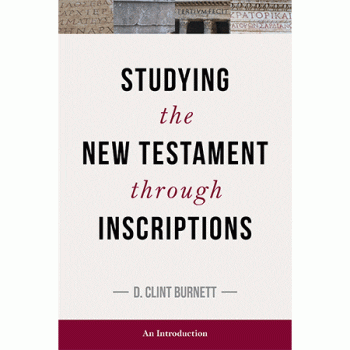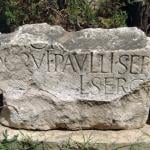Adam J. Howell, Benjamin L. Merkle, and Robert L. Plummer
Hebrew for Life: Strategies for Learning, Retaining and Reviving Biblical Hebrew
Grand Rapids: Baker Academic, 2020.
Available at Baker
Review by Jill Firth
At last, this eagerly awaited “one-stop shop” for gaining and retaining Biblical Hebrew!
75% of the Christian Bible is in Hebrew, as Miles Van Pelt reminds us in the “Foreword.” Yet, sadly, many are cautious about beginning to study because they fear Hebrew will be too difficult to learn, and others who study Hebrew forget all they have learned.
Adam Howell proposes Hebrew learning strategies based on the very successful Greek for Life by Benjamin Merkle, and Robert Plummer, with an additional Aramaic chapter. Chapter 1, “The Goal of the Harvest” answers the question of why we should bother with Hebrew, by answering that this study will firstly advance your goal to know and love God and others, and secondly, make you a better interpreter and preacher of God’s word. Philip Melanchthon (1497–1560) suggests that Greek and Hebrew are needed “to understand Christ rightly,” and Martin Luther argues that they bring “freshness and vigour” in preaching. The author suggests that you take at least one semester beyond your introductory year in order to develop your Hebrew well.
Chapter 2, “Weighed in The Balances and Found Wanting” gives practical tips, such as building study habits and routines. Short, repeated chunks of time are easier to find and more effective than a long session, so half an hour each day is better than an extended blitz on the evening before class. Like sports training, some helpful strategies are variety, meeting with a group, and cross training. As James K. A. Smith says, we are driven by desire, and we will become what we love.
Chapter 3, “Review the Fundamentals Often” offers strategies for gaining and retaining vocabulary and paradigms. Dominic O’Brien, a former memory world champion, needed at least 5 repetitions for memorisation, and most people require to review a word 10–20 times, including several times on Day 1, then on successive days till mastery is obtained, beginning with 5–10 words at a time. Teaching others is the best memory strategy, with a 95% success rate, so working with a buddy or small group (or teaching your children, or a group at church) is an excellent idea.
Chapter 4, “Develop a Next-Level Memory” suggests using the senses, and a variety of methods including reading, writing, listening to, and singing Hebrew.
Chapter 5, “Strategically Leverage your Breaks” offers graded texts and exercises, including a summer reading plan.
Chapter 6, “Read, Read, Read” encourages the use of Hebrew in daily personal devotions, including Scripture memorization, beginning with 10 minutes a day, and building up to 30 minutes as fluency improves.
Chapter 7, “The Wisdom of Resources” reviews print and software resources.
Chapter 8, “Hebrew’s Close Cousin—Aramaic” offers practical advice on learning Aramaic, a close cousin of Hebrew.
Chapter 9, “Getting Back in Shape” has suggestions for re-entry into Hebrew. Adam Howell introduces the term flawsome “something that is totally awesome but not without its flaws” to remind us that studying Hebrew is marvellous, but it is OK not to be perfect.
The book concludes with “Sources of Featured Quotations,” “Devotional Contributor Biographies,” and Name, Scripture, and Subject Indices.
Hebrew for Life admirably offers inspiration for students, ideas for lecturers, and a call to return to the Hebrew Bible for those whose ministry cares have led to the depletion of their Hebrew reading ability. Students, lecturers, and graduates wishing to strengthen, refresh, or rediscover their Hebrew will benefit from this book.
Jill Firth
Lecturer in Hebrew and Old Testament, Ridley College












